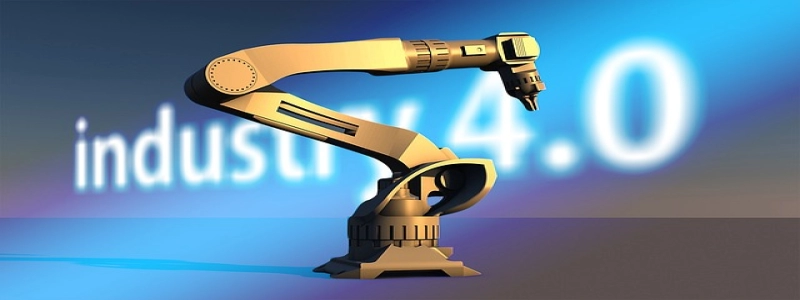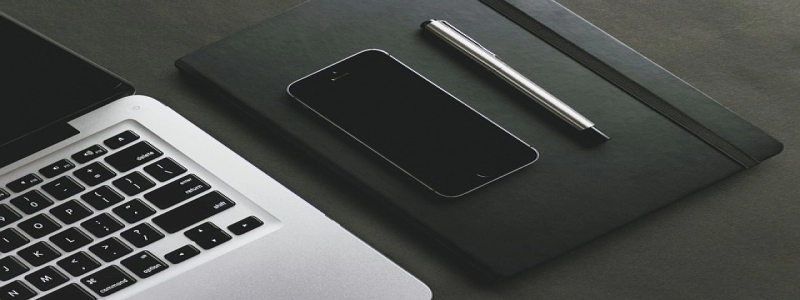Why is My Ethernet Slower than WiFi?
Introducere:
In today’s fast-paced digital era, a high-speed internet connection is crucial for seamless browsing, streaming, and downloading. Both Ethernet and WiFi are popular methods of connecting to the internet, but there are instances where Ethernet connections can be slower than WiFi. This article aims to explore the reasons behind this issue and provide solutions for improving Ethernet speed.
eu. Understand the Basics of Ethernet and WiFi:
a. Ethernet:
Ethernet is a wired connection that uses cables to connect devices to the internet. It typically offers faster and more stable internet speeds compared to WiFi.
b. WiFi:
WiFi, pe de altă parte, eliminates the need for cables and allows devices to connect to the internet wirelessly. While it offers convenience and flexibility, WiFi speeds can be affected by various factors, resulting in slower connections at times.
II. Potential Reasons for Slow Ethernet Speeds:
a. Cable Issues:
1. Faulty Cables: Damaged or worn-out Ethernet cables can significantly impact speed. Ensure that the cables are properly connected and in good condition.
2. Cable Length: The longer the Ethernet cable, the more likely it is to experience signal loss. Keep the cable length as short as possible for optimal speed.
b. Network Congestion:
If multiple devices are connected to your Ethernet network simultaneously, it can lead to congestion and slower speeds. Check the number of connected devices and consider reducing them if necessary.
c. Hardware Limitations:
Outdated or underperforming network adapters, routers, or switches can limit the speed of your Ethernet connection. Ensure that your equipment supports high-speed connections.
III. Resolving Slow Ethernet Speeds:
a. Check and Replace Cables:
Inspect the Ethernet cables for any visible damage. Replace them, if necessary, with Category 5e or 6 cables that are capable of higher speeds and reduced interference.
b. Reduce Network Congestion:
Disconnect unnecessary devices from the Ethernet network to alleviate congestion. Prioritize devices based on their internet requirements.
c. Upgrade Equipment:
Consider upgrading your network adapters, routers, or switches to newer models that support high-speed connections. This will significantly improve the speed and performance of your Ethernet connection.
IV. Alternative Solutions:
a. Use a Wired Connection:
If your WiFi connection is consistently faster than Ethernet, consider using WiFi for devices that require mobility and Ethernet for stationary devices that demand higher speeds.
b. Optimize WiFi Speeds:
If WiFi is generally faster than Ethernet, try optimizing your WiFi network by placing the router in a central location, reducing interference, and using WiFi extenders if needed.
Concluzie:
When troubleshooting slow Ethernet speeds, it’s essential to identify the underlying causes such as faulty cables, network congestion, or outdated equipment. By taking the necessary steps to address these issues, you can ensure that your Ethernet connection operates at its maximum potential, providing you with a fast and reliable internet experience.








